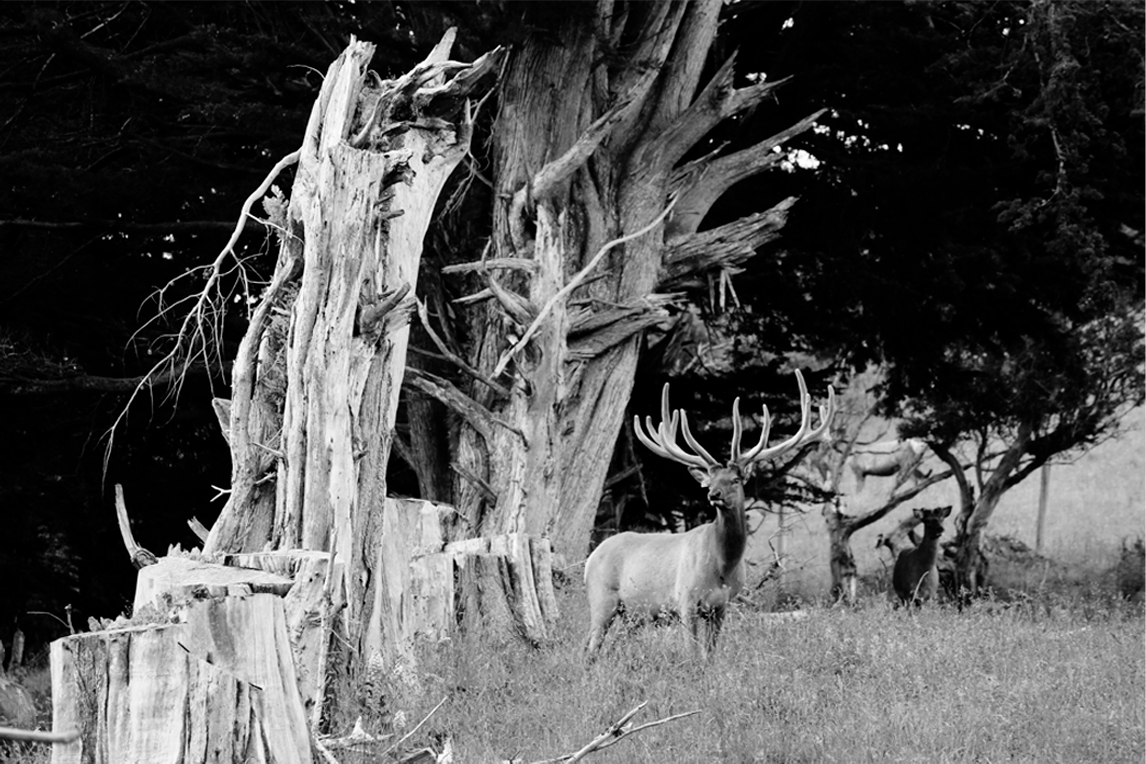Nov 17, 2023
Demand for chilled New Zealand venison in Europe continues to be strong, marketers are reporting, supporting venison contract prices up to $10.50 per kg. Slow growth has limited supplies this Spring meaning some customers have missed out on volumes.

The chilled venison market continues to be strong in Europe. Photo: Mark Tapley.
Thanks to lower numbers of animals during September and early-Octobers’ wet and cold weather, it was the latest Spring finishing in many parts of the country that venison specialist Duncan NZ “has ever seen,” according to its general manager marketing and operations Rob Kidd.
Duncan NZ had achieved sales agreements for expected volumes and prices at the start of the season. However, deadlines to get venison seafreighted to Europe by Christmas passed, meaning the marketer would have to make up any balances by air, which Kidd says was still “around 10 times the cost of seafreight.”
Orders have now been filled, but the additional cost will be unable to be recovered from customers, as prices have already been agreed.

Robb Kidd, Duncan NZ, expects farmgate prices to “settle at off-season levels” reflecting the venison markets’ recovery.
Silver Fern Farms reported that the market is buoyant: “To the point that we’ve actually ended up having to turn away some of the volume enquiry because it’s been above what we’re able to supply,” says global sales operation manager Glen McLennan.
Silver Fern Farms’ chilled prices had been up, “on average, around five percent on last year,” which he took as a positive long-term sign. It had added airfreight shipments recently “to supplement volumes,” which is a sign of demand, he says, but noted that airfreight rates from New Zealand had not eased as much as they have in other parts of the world.
Silver Fern Farms, Duncan NZ, Alliance and First Light were among the New Zealand venison companies represented at the giant trade show, which took place in Cologne. Crowds were well up, with over 140,000 trade attendees from 200 countries attending the show.
Outlook for venison very sound
Looking ahead, now that chilled shipments are finishing and premiums are coming out of the contract top-ups, Kidd expects venison farmgate prices to “settle at off-season levels that reflect the continued recovery of venison markets.”
Nationally published schedule prices for AP stags continue to average at $8.82 per kg, around the five-year-average for this month, as they have for most of this year, with one marketer offering contracts at $9.40 per kg through to the end of the year.
While the international meat commodity markets are still tough, for lamb in particular, McLennan felt the market is still positive for venison, which he noted, had been “the least impacted of all the species.”
Warmer weather in Europe had given a “slightly slower start to winter,” and held back the traditional game season demand for frozen venison, he says.
Buyers tend to “wait to see what happens with chilled demand,” and hold off until the New Year to purchase. Like other venison marketers, McLennan’s team would be starting to sell frozen venison in earnest from late-November/December onwards.

Glen McLennan talking with customers at Silver Fern Farms’ major customer conference pre-Anuga.
Conversations with buyers for both Silver Fern Farms and Duncan NZ had picked up their “short-term issues” of an underlying nervousness across all proteins because of the ongoing geo-political uncertainty, the global cost-of-living crisis and inflationary pressures.
Kidd also noted there is a current glut of beef and sheepmeat on the market thanks to drought in the US, but for the first time another “real concern” had raised its head: “an expected decline of meat supply in coming years – the US cattle herd, for example, is now the lowest in history.”
Another key theme picked up by the Duncan NZ team was that: “retailers are increasingly more interested in supplier stories,” with branded products and sustainability messages more prevalent than in previous years, “though notably not too much about carbon.”
In addition, value-added through further processing was still front-of-mind for buyers, largely due to labour shortages.
“All this combined to show price is very much a factor this season,” Kidd observed.
While these concerns could impact the short-term outlook for frozen venison in early 2024, both Silver Fern Farms and Duncan NZ “remain optimistic,” about the medium to long-term outlook.
“Balancing global tensions in a forecast lower deer kill and so lower venison volumes may help underpin export pricing of both venison and co-products,” says Kidd.
He pointed to growing demand for venison and elk in the US, “thanks to influencers like Joe Rogan. Demand for high-quality New Zealand red meat protein remains good.”
Travelling back through to New Zealand via the US , the Duncan team got a reminder of why “demand for high-quality red meat protein remains good,” he says.
After viewing one of the world’s largest beef feedlots, which he says was “like a giant set of cattleyards, flat, dusty, supplied by the largest silage truck we’d ever seen and a massive effluent disposal operation …and not a blade of grass to be seen.
“It wasn’t hard to see how free-range, naturally produced, grass-fed red meat from New Zealand had such market appeal, even if it has to be shipped across the globe.”
In Kidd’s opinion: “The outlook for Cervena quality venison and deer farming remains very sound.”

